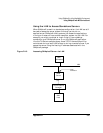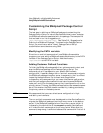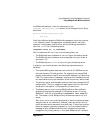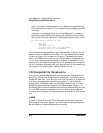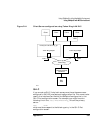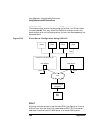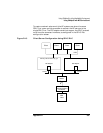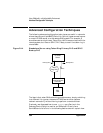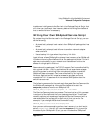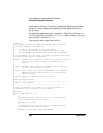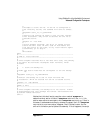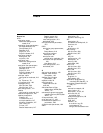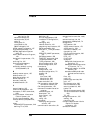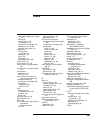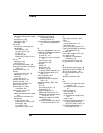
Appendix D 383
Using SNAplus2 in a High Availability Environment
Advanced Configuration Techniques
to add more intelligence to the Service in the Package Control Script that
will allow you to attempt local recovery before informing ServiceGuard
that a remote failover is necessary.
Writing Your Own SNAplus2 Service Script
By customizing the Service used in the Package Control Script, you can
do the following:
• Automatically attempt local restart of an SNAplus2 package that has
failed.
• Automatically attempt local failover to another network adapter
when one fails.
• Use a backup link type when the primary link fails.
Local failover allows SNAplus2 to attempt local recovery of an SNAplus2
LS before informing ServiceGuard that the package has failed. This will
add more redundancy to your network and reduce even further the
effects of a single point of failure.
NOTE Some networking packages, like TCP/IP, support Continuous Availability
during local failover ; t hat is, applications do not experience outages
while the system is switching from one network adapter to another.
SNAplus2 does not support Continuous Availability during local
failovers. Applications will experience session outages, and must
re-establish LU-LU sessions with the remote SNA system after the
switch has occurred.
The following command is the previously discussed Service Command for
the SNAplus2 package that instructs ServiceGuard to start the
snapmon process to monitor an SNAplus2 LS.
SERVICE_CMD[0]=”/opt/sna/bin/snapmon -i1 -r60 HALS”
The Service Command starts a process. The termination of this process
is a signal to ServiceGuard that your package has failed. To add local
recovery options to the package, replace the Service Command with a
new executable file (a program or shell script) that you write. For
example, if you change the Service Command to say,
SERVICE_CMD[0]=”/usr/local/bin/snapkg.mon”
then you can add commands to perform local recovery in a shell script
called snapkg.mon. You will still use the snapmon utility to monitor
the state of your SNAplus2 LS, but you can include other SNAplus2



